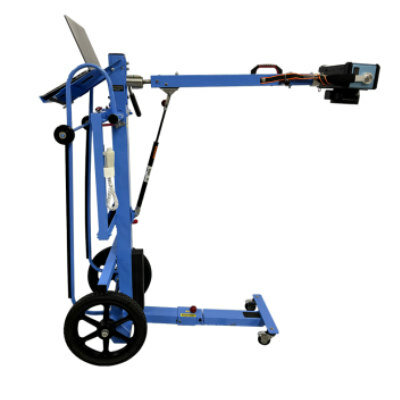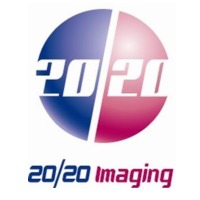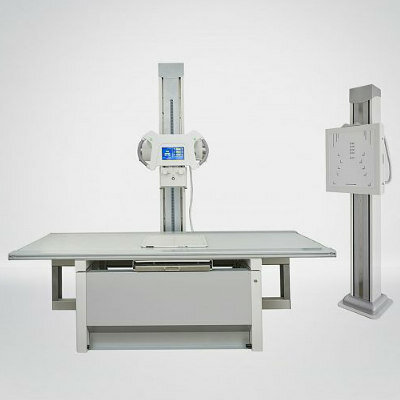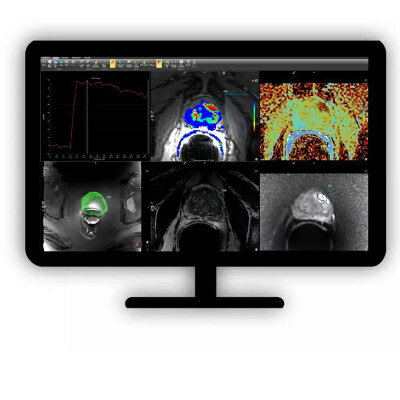Video-Assisted Thoracic Surgery Useful for Lung Cancer Diagnosis
By MedImaging International staff writers
Posted on 14 Jun 2012
Researchers recently reported that video-assisted thoracic surgery (VATS) is a helpful tool in managing lesions identified in a lung cancer-screening program. The key goal of lung cancer screening with low dose computer tomography (CT) imaging is to detect lung cancer at an early stage and therefore open to a complete surgical resection, the only established cure for lung cancer. Posted on 14 Jun 2012
Lung cancer currently has no standard screening program and less than one third of lung cancer patients present with early stage disease amenable to cure. One of the concerns regarding lung cancer screening is how to manage detected lung nodules, most of which are benign.
The study, which was conducted by researchers from the department of cardiothoracic surgery at the Rigshospitalet (Copenhagen, Denmark), was published in the June 2012 issue of the International Association for the Study of Lung Cancer’s (IASLC) Journal of Thoracic Oncology. The study evaluated the role of VATS resection in a CT screened (2,052) versus unscreened (2,052) high-risk Danish population from the Danish Lung Cancer Screening Trial. The study is a randomized clinically controlled trial comparing five yearly CT screening rounds with no screening in 4104 individuals. Sixty-eight (3.3%) lung cancers were detected in the screened population versus 24 (1.2%) in the unscreened population. Fifty-one of the 68 patients with lung cancer in the screened group were candidates for surgery for cure and 84% of these had VATS versus 50% in the unscreened group. Eight patients in the screened group had lesions highly suspicious for cancer that proved to be benign once removed by VATS.
Although the comparison groups were too small to detect a difference in this study, earlier studies have found VATS to confer advantages over thoracotomy with respect to reduced postoperative pain, shorter hospital stay, more rapid resumption of normal daily activities, less impairment in pulmonary function, less impairment in shoulder function, reduced cytokine release, decreased time to initiation of adjuvant chemotherapy, lower incidence of complications, and economic advantages. Therefore, the ability to perform VATS, compared to thoracotomy, more frequently in the screened versus unscreened population, is potentially a very significant finding.
“We believe that it is of upmost importance for future low dose CT screening trials to have thoracic surgeons involved in the early detection program and that the thoracic surgeons should have a dedicated VATS program,” the authors stated.
Related Links:
Rigshospitalet














